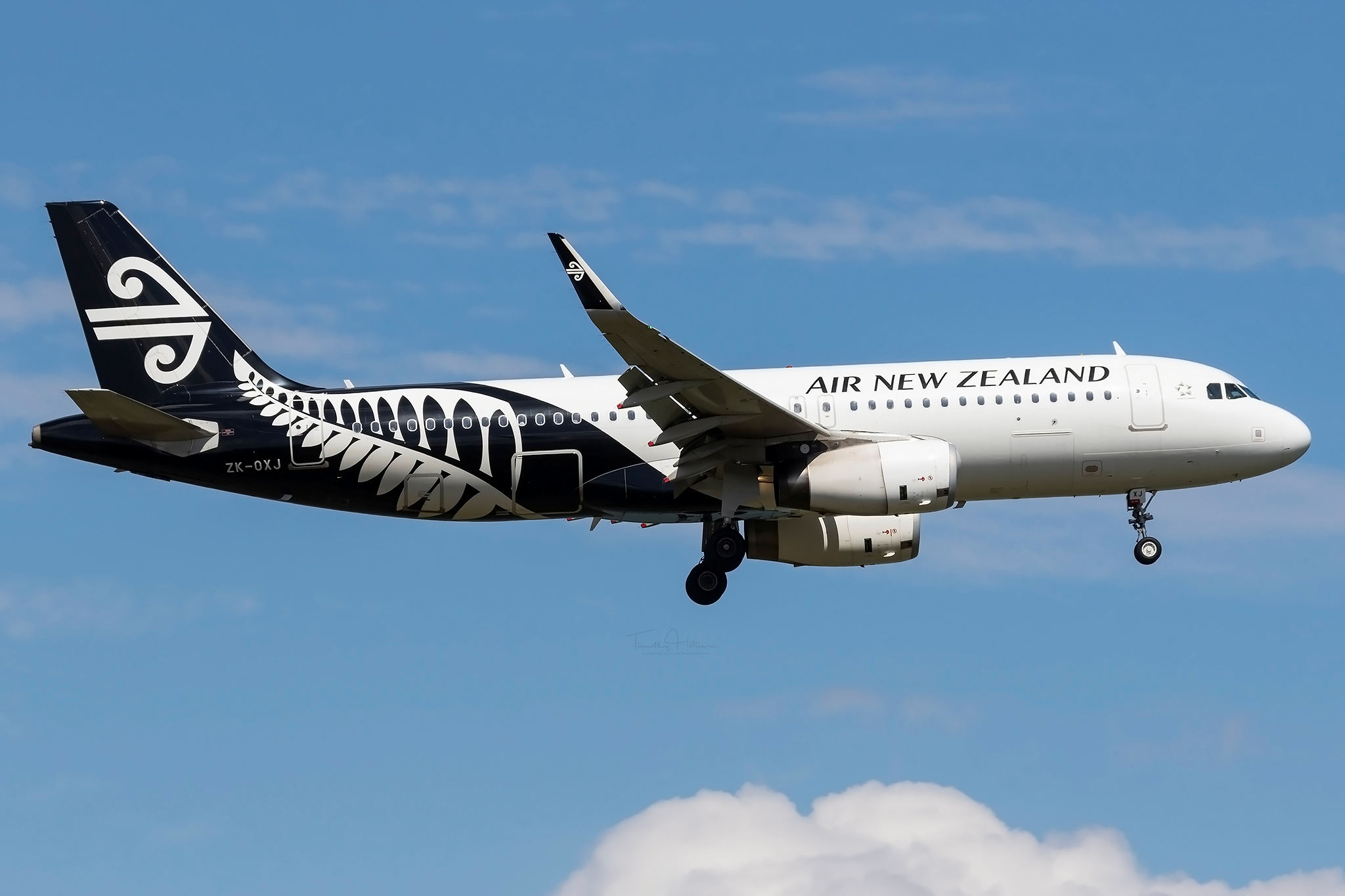
The Transport Accident Investigation Commission (TAIC) is highlighting the need for better identification and control of drones and operators.
TAIC investigated a report of a near-collision between an Air New Zealand Airbus passenger flight and what was reported to be a drone, at 2000 feet on the approach to Auckland airport last April.
The Commission found that it was very likely to have been a drone, in breach of current rules prohibiting drones from within 4 km of airports except in limited and approved circumstances.
Neither the drone nor its operator could be identified.
“Most drone users comply with civil aviation rules, but some either don’t know the rules or choose to disobey them due to an expectation they won’t face consequences,” says TAIC Manager Air Investigations Jim Burtenshaw.
“The onus is on drone operators to avoid aircraft. People buying and flying a drone should first know how to operate it safely, and where they can’t fly.”
Information and other tools are available to assist operators to operate their drones safely and comply with the Civil Aviation Rules, for example on the AirShare website.
“There would very likely be more compliance with the rules with operator licencing/accreditation, registration of drones, electronic conspicuity or remote identification of drones and geo-fencing or geo-location awareness.
TAIC recommends the Ministry of Transport and CAA work to work to fully integrate drones into the aviation system and develop appropriate rules and standards, to reflect technology developments and relevant international best practices.
